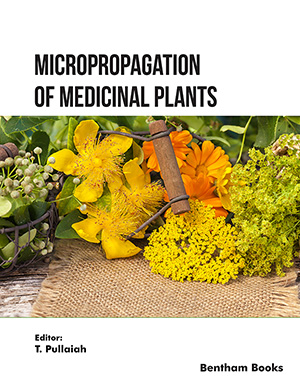Abstract
Cholesterol is a chameleon bio-molecule in cellular multiplex. It acts as a prelate in almost every cellular compartment with its site specific characteristics viz. regulation of structural veracity and scaffold fluidity of bio-membranes, insulation of electrical transmission in nerves, controlling of genes by making steroid endocrines, acting as precursors of metabolic regulators and many more with its emerging prophecy in the cell nucleus to drive new cell formation. Besides the crucial legacy in cellular functionality, cholesterol is ostracized as a member of LDL particle, which has been proved responsible to clog blood vessels. LDL particles get deposited in the blood vessels because of their poor clearance owing to the non-functioning LDL receptor on the vessel wall and surrounding tissues. Blocking of blood vessel promotes heart attack and stroke. On the other hand, cholesterol has been targeted as pro-cancerous molecule. At this phase again cholesterol is biphasic. Although cholesterol is essential to construct nuclear membrane and its lipid-rafts; in cancer tumour cells, cholesterol is not under the control of intracellular feedback regulation and gets accumulated within cell nucleus by crossing nuclear membrane and promoting cell proliferation. In precancerous stage, the immune cells also die because of the lack of requisite concentration of intracellular and intranuclear cholesterol pool. The existence of cholesterol within the cell nucleus has been found in the nuclear membrane, epichromosomal location and nucleoplasm. The existence of cholesterol in the microdomain of nuclear raft has been reported to be linked with gene transcription, cell proliferation and apoptosis. Hydrolysis of cholesterol esters in chromosomal domain is linked with new cell generation. Apparently, Cholesterol is now a prelate in cell nucleus too ------ A serendipity in cellular haven.
Keywords: Cholesterol, LDL, LDL receptor, cell nucleus, cell proliferation, nuclear lipid.

























